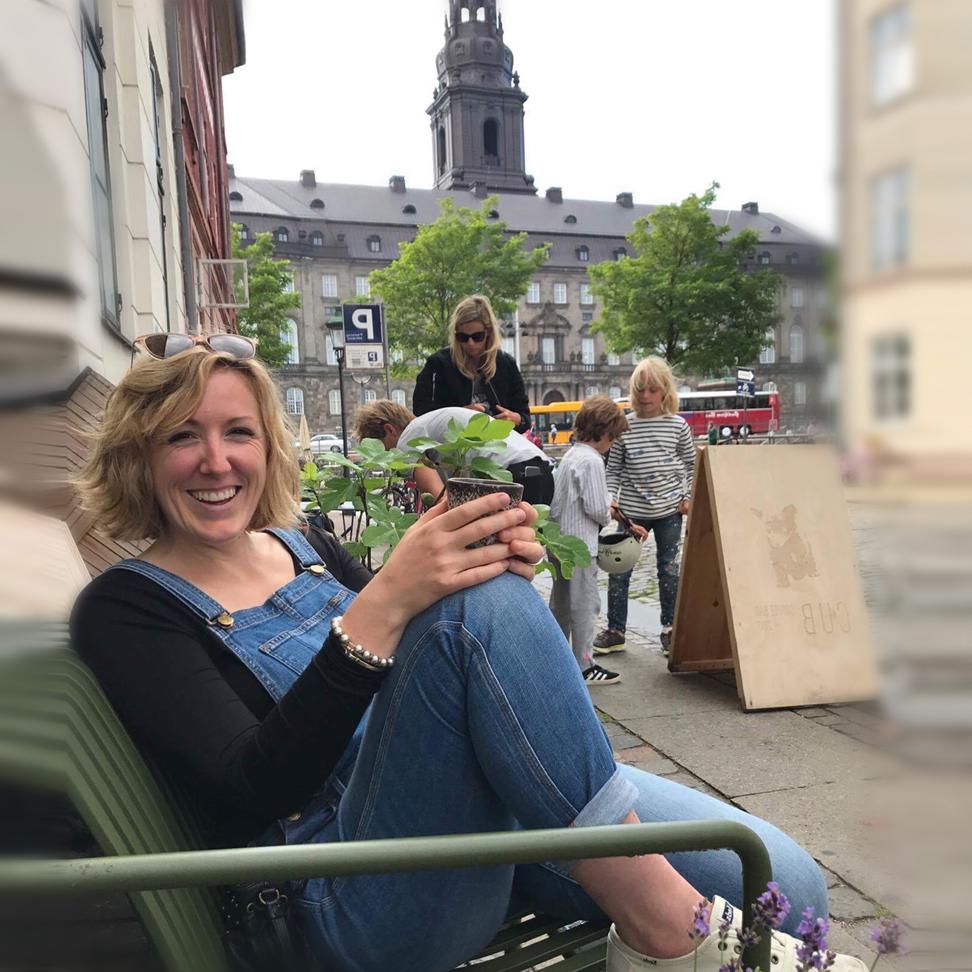One of Vienna’s most famous residents, Sigmund Freud, referred to the Austrian capital as the city of dreams. Amadeus Mozart, Johann Strauss, Falco, and even Christoph Waltz have all once been dreamers in this city known for its art and culture. It’s all around inside the museums, in the parks, on the facades, or in the form of murals, so what better way than to admire this art-filled city than by bike?
We partnered up with Donkey Republic’s local cycling expert to guide us through the city, taking in the fresh air and Vienna’s art scene along the way.
Ride around the Ring Road
Hit the brakes to admire the monument dedicated to composer Johann Strauss at the Stadtpark
Get rolling through Stadtpark (City Park), an open-air museum of sorts, next to the city’s central park on the famous Ring Road (Ringstraße). The Ring encircles the city center and features a bike lane, marked by bold white and blue paint, the whole way.
Here you’ll roll by countless statues of famous Austrian musicians on your way to the Albertina Gallery. Albertina is the Louvre of Austria and the nation’s most distinct art gallery, with a popular exhibition covering everything from Monet to Picasso. If you want to get the most of the expansive collection, plan to spend a good part of your day here.
Make your way down to Secession
The aptly named Secession building houses daring exhibitions of contemporary art
After visiting the Albertina, cross the Ring Road into Karlsplatz to swiftly reach one of the bulkiest buildings in town, the Secession. This exhibition hall was founded in 1897 by many artists including Gustav Klimt (whose work you will see in every corner of Vienna) in opposition to rising conservatism in Austrian art. The artists did not want to be restricted by stuffy traditionalists so instead established the Secession in which they could house their more surreal pieces.
Has all this food for thought got you a bit hungry? Sample some delicacies from the nearby Naschmarkt (literally snack market) where you will find vendors selling food from all corners of the globe. Guten appetit!
MQ: the MuseumsQuartier
Museum hopping at its best in the MuseumsQuartier, like the mumok and exhibition hall Halle E+G
Just 550 yards down the road there is a hub of art venues and museums known as MuseumsQuartier, or MQ. Lock up your bike, visit one or all of the museums or just lounge on the lounging installations set up in the central plaza.
You have the Museum of Modern Art (mumok), or the Architechtzentrum for those who want to learn more about Vienna’s Art Nouveau buildings. At Q21, check out a creative space to see different prominent artists present their most interesting works, or try the more traditional Leopold Museum where you’ll find a range of classic modernism including the world’s largest Gustav Klimt and Egon Schiele collections.
The Kunsthistorische Museum (Art History Museum) dominates the area – an amazing feat in architecture and it sits opposite its identical twin, the Museum of Natural History.
Vienna on stage
The Burgtheater’s elegant facade – peek inside to see Klimt’s masterpieces
Back on the Ring, you’ll cruise by Austria’s imperial palace, the Hofburg, home to the royal Habsburg family for hundreds of years. A bit further, past the Austrian parliament and the steep Rathaus (city council), and you will arrive at the Burgtheater.
Once known as the royal family’s private theater, the Burgtheater is today one of the most active theaters in the world, presenting a diversity of shows from Shakespeare’s The Taming of The Shrew to a two-hour monologue from Plato.
Stretch those legs along canal
Lazy afternoon sipping cocktails on the Donaukanal
It’s time to roll into the chill afternoon vibes along the Donaukanal. The Donaukanal is a long arm of the roaring Danube River, which is regulated as a channel to help avert flooding in torrential rain. The shore of the canal is now a promenade, popular amongst pedestrians and cyclists alike, lined with bars and restaurants filling up in the sweltering summers.
Apart from being a busy strip of nightlife, the Donaukanal is also the center of street art in Vienna. To encourage young people to express themselves openly, the Viennese Council allowed for the creation of street art along the canal since 1995. It’s a colorful display of urban culture along the waterfront!
Home, Sweet Hundertwasser House
In the Hundertwasser House, built between 1983-85, there are more trees than apartments (around 200!)
Cycle along the canal to the nearby Hundertwasser House, designed and constructed by the famous and eccentric artist Friedensreich Hundertwasser. This wacky, colorful building is an eyeful and considered Hundertwasser’s masterpiece. It features undulating floors – as Hundertwasser says, “an uneven floor is a divine melody to the feet”. The roof is covered with earth and grass, and large trees grow from inside the rooms, with limbs extending out the windows. If you think this stands as a museum of sorts, think again – it’s actually still used as an apartment building today!
Hop on board and start cruising through Vienna


